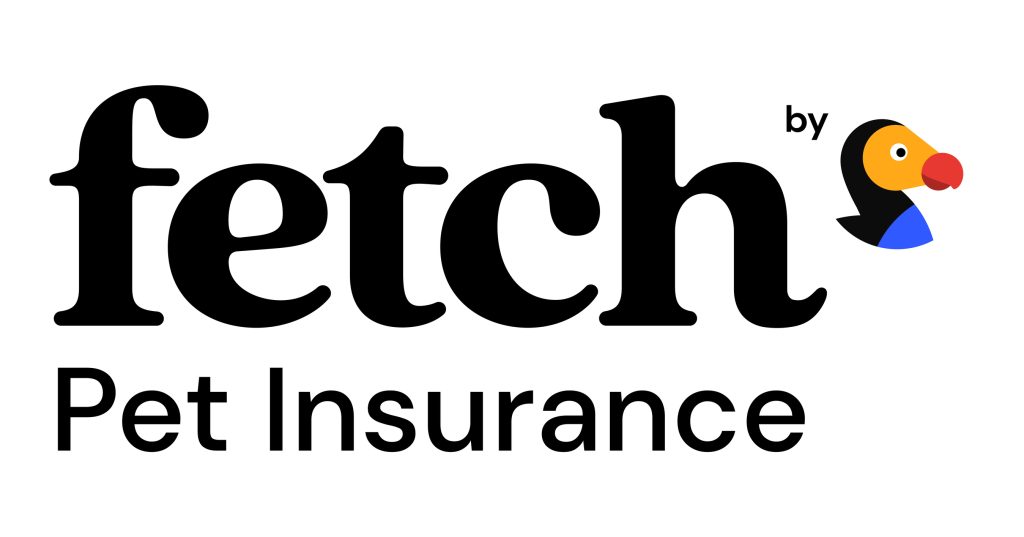Pet Insurance companies recommended by our veterinary professionals include…
Pet Insurance is recommended by our veterinary professionals for dogs and cats!
Understanding Pet Insurance
The world of pet insurance can be overwhelming. How much coverage do I need? What does co-pay mean? Should I choose a higher deductible? The answers will be different for every pet and every family. With a multitude of insurance companies available, it’s important to understand what you’re looking for before you decide.
Coverage Types
- Accident Coverage – covers acute injuries directly resulting from an accident. Broken leg, hit by car
- Illness Coverage – covers diagnoses and treatment of disease conditions or changes in your pet’s normal health status. Kidney disease, diarrhea
- Wellness Coverage – covers routine health care. ie. Vaccines, heartworm prevention
- Dental Coverage – covers routine dental cleaning

Coverage Limits
The maximum payable amounts can be calculated in several different ways.
- Total amount per year : A set dollar amount is available each year regardless of how many different accidents or illness are treated. (typically $1500-$20,000/year)
- Advantages: good for conditions that require more extensive/costly treatments
- Disadvantages: not good for pets that have multiple illnesses/accidents throughout the year
- Amount per condition: A set dollar amount is available for each separate illness or accident. The amount is generally renewed annually. (typically $1000-$5000/condition)
- Advantages: allows an unlimited number of separate illnesses to be covered
- Disadvantages: may not cover full cost of extensive treatments
- Unlimited – no limits on amount claimed
Deductibles
The amount that you are required to pay before insurance coverage takes effect can be calculated in two ways
- Annual deductible: must be paid once per year. This may be satisfied on one or more claims.
- Advantages: Easy to budget for and it doesn’t matter how many conditions occur each year
- Disadvantages: Chronic or lifelong conditions will require the deductible to be paid each year.
- Per condition deductible: must be paid for each NEW condition that is diagnosed or accident that occurs.
- Advantages: Chronic or lifelong conditions only require deductible to be paid once
- Disadvantages: If multiple conditions occur within a year they will each require a deductible. Related conditions may be subject to deductible as well.
Additional Coverage
Some costs may or may not be covered depending on the particular policy.
- Exam fees
- Prescription diets used to treat specific medical conditions
- Alternative therapies – chiropractic, physical therapy, acupuncture, homeopathy
- Behavioural therapy
- Lost pet advertising and reward
- Holiday cancelation (if you must cancel a trip because your pet becomes ill)
Co-Pay
The percentage of each claim that is paid by the insurance company.
- This may be calculated either before taxes or including taxes
- Most policies that pay a higher percentage do not pay for any taxes thereby making the actual payout virtually the same
Questions To Consider
How much can I afford to pay for monthly premiums, deductibles and above what is covered in my plan?
Would I prefer to spread the cost of annual health care out over the year?
Do I have a breed with a higher disposition to medical problems?
Does my pet have any pre-existing conditions? Anything your pet has been treated for prior to enrolling may be excluded from the policy
Do I have a breed with a high risk of dental disease? If so, a plan that includes dental care may be beneficial.





